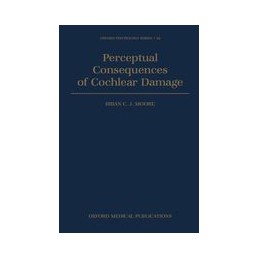- Reduced price

Order to parcel locker

easy pay


 Delivery policy
Delivery policy
Choose Paczkomat Inpost, Orlen Paczka, DHL, DPD or Poczta Polska. Click for more details
 Security policy
Security policy
Pay with a quick bank transfer, payment card or cash on delivery. Click for more details
 Return policy
Return policy
If you are a consumer, you can return the goods within 14 days. Click for more details
Data sheet
Reference: 47807
Author: Jane Singleton
Reference: 93819
Author: Wilfrid Janig
Reference: 82106
Author: John Lampignano
Reference: 32128
Author: Philip W. Ballinger
Reference: 99552
Author: Dawn Dowding
